The Bible states that on the first day of the 3rd month after leaving Egypt, the Israelites set up camp in front of Mount Sinai, and Moses climbed the mountain to talk with God. God commanded the Israelites to purify, bathe, and wash their clothes to prepare for the third day. On the morning of the third day, the entire mountain was covered in smoke and a loud trumpet sounded. God commanded Moses to go up to the top of the mountain. Other Israelites, as well as livestock, were prohibited from approaching the mountain. God then gave Moses several commandments, which are known as the Ten Commandments. God also conveyed commands and laws related to the building of altars, slaves, various acts of violence, responsibility of livestock owners, compensation, morality and worship, justice and honesty, the seventh year and seventh day, and holidays. The next morning, Moses erected an altar (altar of offerings) with twelve pillars at the foot of the mountain, then ordered the young men to slaughter some cows for sacrifice.
The Bible explains that God then commanded Moses to go up the mountain for forty days and forty nights. While Moses was gone, Aaron and Hur were entrusted to take care of the Israelites. On the mountain, God wrote His laws on two tablets or pieces of stone. It is said that at that time God gave laws and commands related to the Tabernacle and its court, covenant chest, table for the showbread, lampstand, altar, lamp management, priest (pastor) clothes, the ordination of Aaron and his descendants as priests, daily sacrifices, like bronze, ceremonial oil, and the Sabbath.
Elsewhere, the Israelites felt that Moses was too long on the mountain. The gold jewels that were brought by the Israelites were then thrown into the fire and a golden cow was made and it was declared that the idol was a god. Many of the Israelites later worshiped him. When he came down from the mountain, Moses was so angry with the Israelites' actions that he threw down the pieces of stone and then destroyed the cow statue. Moses also scolded Aaron because he was considered negligent in looking after the Israelites.
The Bible says that Aaron himself made the image. The tribe of Levi then surrounded Moses and they were then ordered to draw their swords, then walked from one gate of the camp to another, killing their brothers, friends, and neighbors. About three thousand people died. Moses then went back up the mountain to ask God to forgive what the Israelites had done.
The Bible explains that after the worship of the cow image, Moses set up a tent of meeting far outside the camp of the Israelites, so that anyone who sought God could go there. Moses then made a new piece of stone because he had broken the old one.
On the first of the first month of the second year after leaving Egypt, the Holy Tabernacle was officially erected, consisting of the plinth, pillar, roof of the tent, the Ark of the Covenant containing the tablets of God's law, the veil, the table of showbread, the chandelier, the incense altar, the curtain of the tent door. , the altar for the burnt offering, the vessels for washing between the tabernacle of meeting and the altar for burnt offerings, the court posts around the tabernacle and the altar, and the curtain at the gate of the court. When it was finished, the pillar of God's cloud covered the tabernacle and Moses could not enter the tabernacle, as long as the cloud was above the tabernacle. The cloud was over the tabernacle by day and there was a fire in it by night. When the cloud rose from above the tabernacle, the group of the Israelites departed from the place where they had camped, but as long as the cloud did not rise, they stayed there until the day the cloud rose.
After establishing the Tabernacle, Moses ordained Aaron and his four sons to become priests to serve the people's sacrifices to God and lead the worship of the people. Because Nadab and Abihu, the two eldest sons of Aaron, broke the rules of making incense, they were put to death by God. Next, we detail the rules of life and worship for all Israelites.
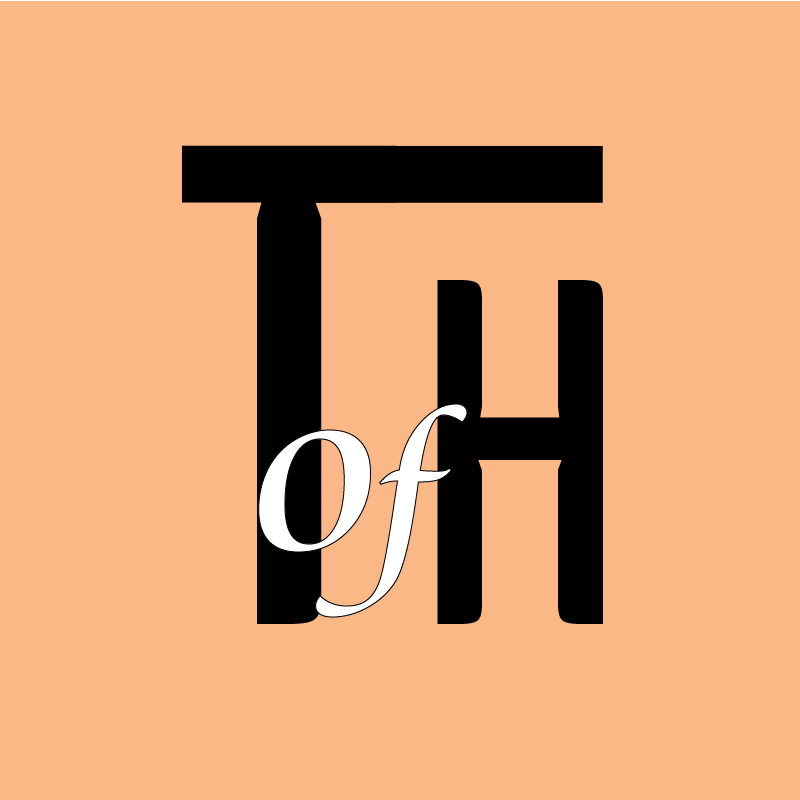






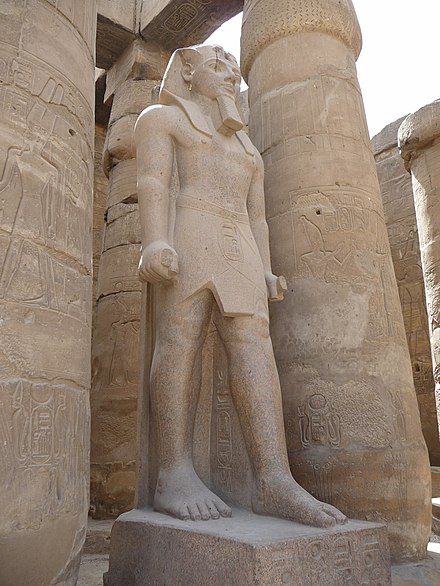
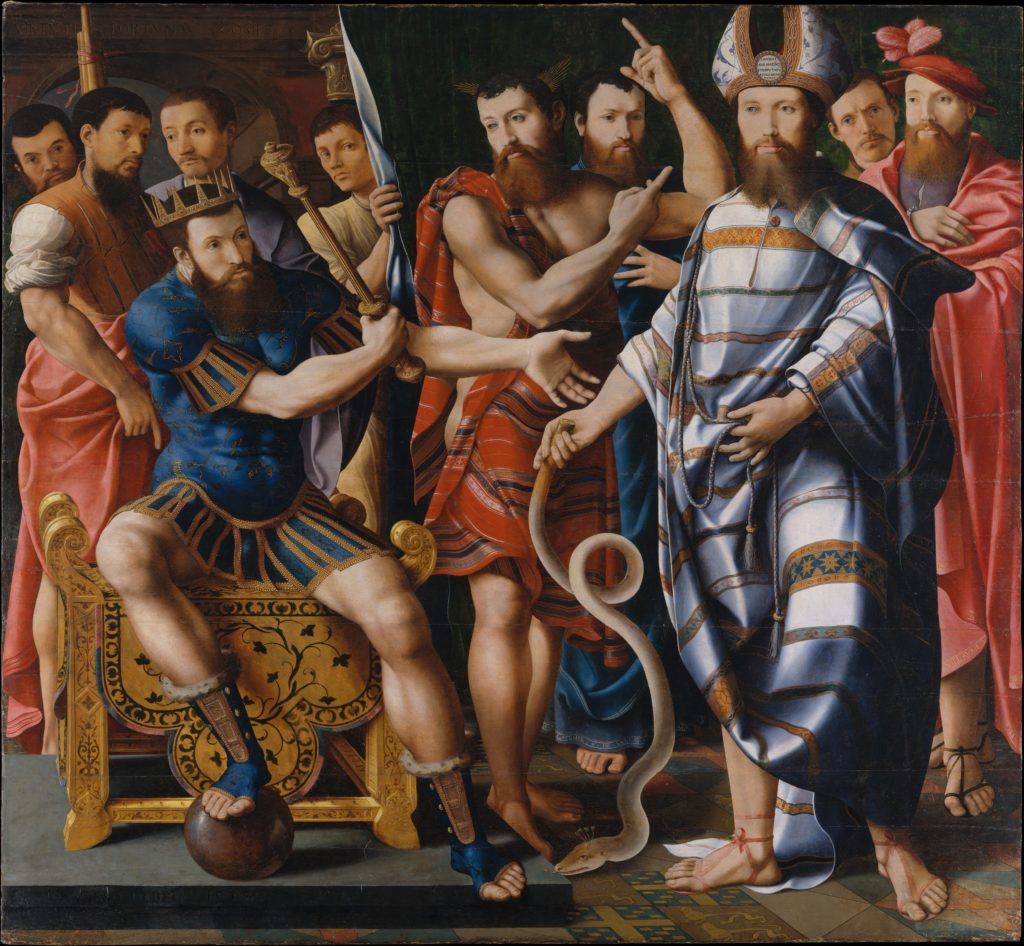
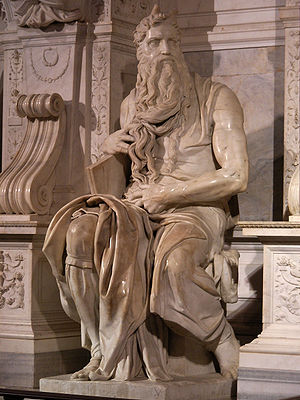

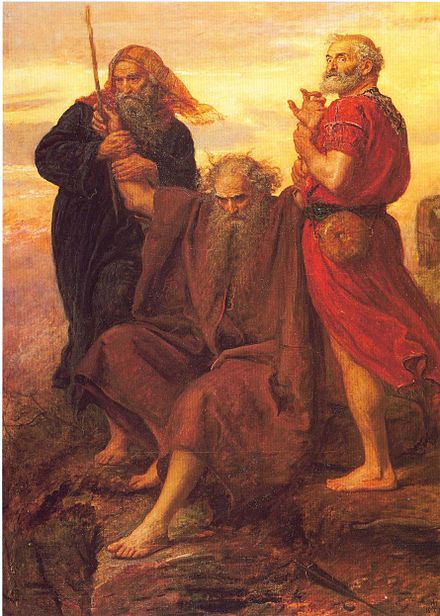
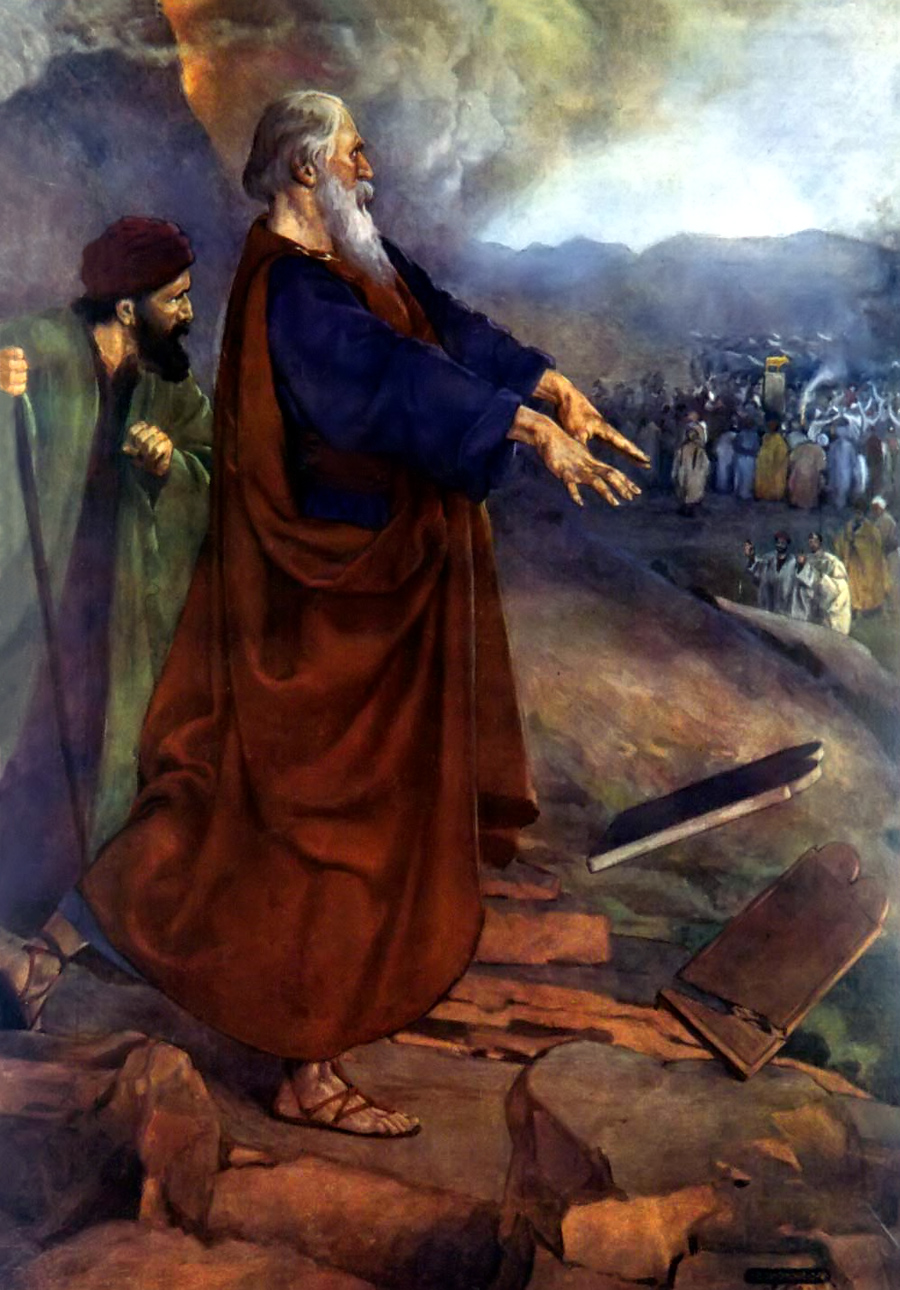

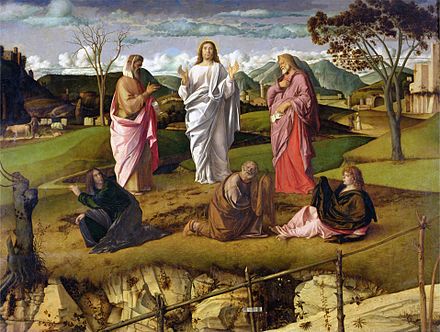

Comments
Links